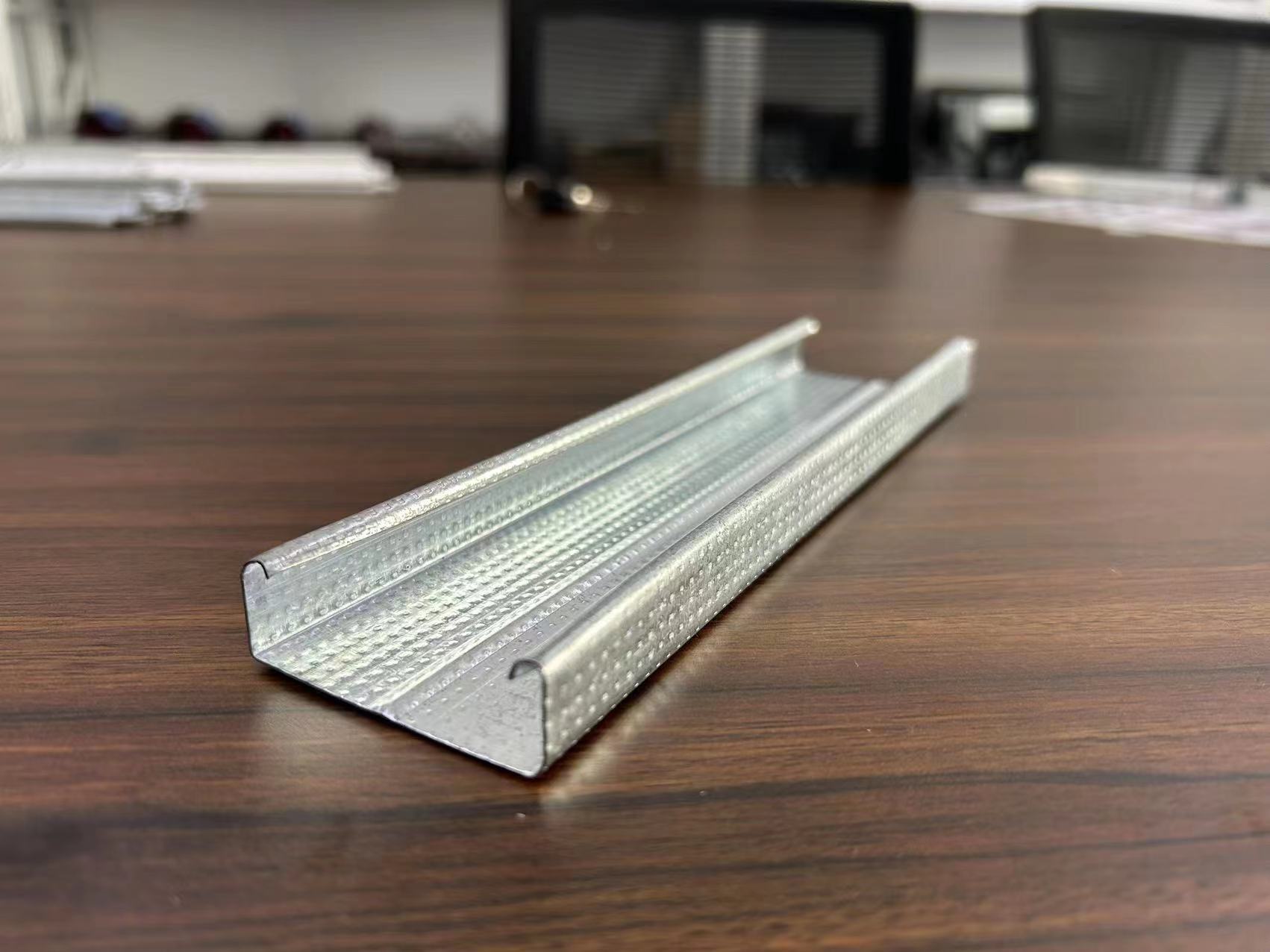
The Importance and Functionality of Flex Beam Cold Bending Machines
In the modern manufacturing and construction industries, the precision fabrication of materials is paramount. Whether for structural integrity, aesthetics, or ease of assembly, the ability to form materials without significant thermal alterations has become a vital component of production processes. Among the machinery designed to provide such capabilities, the flex beam cold bending machine stands out as a crucial tool for many engineers and manufacturers.
What is a Flex Beam Cold Bending Machine?
A flex beam cold bending machine is a specialized piece of equipment used to bend beam-like structures made from various materials, such as steel, aluminum, or even composites, at room temperature. The primary feature of such machines is their ability to create precise bends without the need for heating the material, which can lead to unwanted alterations in material properties, such as hardening, warping, or losing strength.
Key Components and Functionality
These machines come equipped with several essential components, including rollers or dies, a hydraulic system, and a control panel. The rollers are designed to engage the material and apply the right amount of pressure to achieve the desired bend radius. The hydraulic system provides the necessary force to manipulate the material without requiring excessive manual effort. Modern machines also incorporate computer numerical control (CNC) technology, allowing for precise programming and repeatability in bending operations.
The operation of a flex beam cold bending machine is relatively straightforward. Operators load the beam into the machine, set the desired parameters for bending (including angle, curvature, and length), and initiate the bending process. The machine then executes the bend with high accuracy, ensuring that the final product meets the stringent specifications required for applications in construction, automotive, aerospace, and various other sectors.
Advantages of Cold Bending

There are several advantages to using a cold bending process with flex beam machines. Firstly, cold bending preserves the material's inherent properties, such as tensile strength and toughness, which can be compromised through heating. This is particularly vital when working with high-strength steels or alloys, where thermal processing can lead to undesirable changes.
Secondly, the cold bending process often results in shorter turnaround times. Since there is no need for heating and cooling cycles, manufacturers can produce parts faster, improving overall productivity. Additionally, this efficiency can translate into reduced energy consumption, making cold bending a more environmentally friendly option when compared to traditional hot bending techniques.
Applications of Flex Beam Cold Bending Machines
Flex beam cold bending machines are utilized across a myriad of industries. In construction, they are commonly used to fabricate beams and framing components for buildings, bridges, and other structures. The precision and repeatability of these machines contribute significantly to the structural longevity and safety of these projects.
In the automotive industry, cold-bent components play a crucial role in vehicle design, contributing to the chassis' strength and the overall vehicle's performance. Similarly, in the aerospace sector, where weight reduction is critical, flex beam cold bending allows for the creation of lightweight yet strong structural components.
Conclusion
The advancement of flex beam cold bending machines represents a significant development in the manufacturing landscape. By allowing the efficient and accurate bending of materials at room temperature, operators can achieve results that meet the highest standards in various industries. As technology continues to evolve, the capabilities of these machines are likely to expand, paving the way for even more innovative applications and techniques in the future. Embracing such machinery not only enhances production efficacy but also sets a foundation for sustainable manufacturing practices.